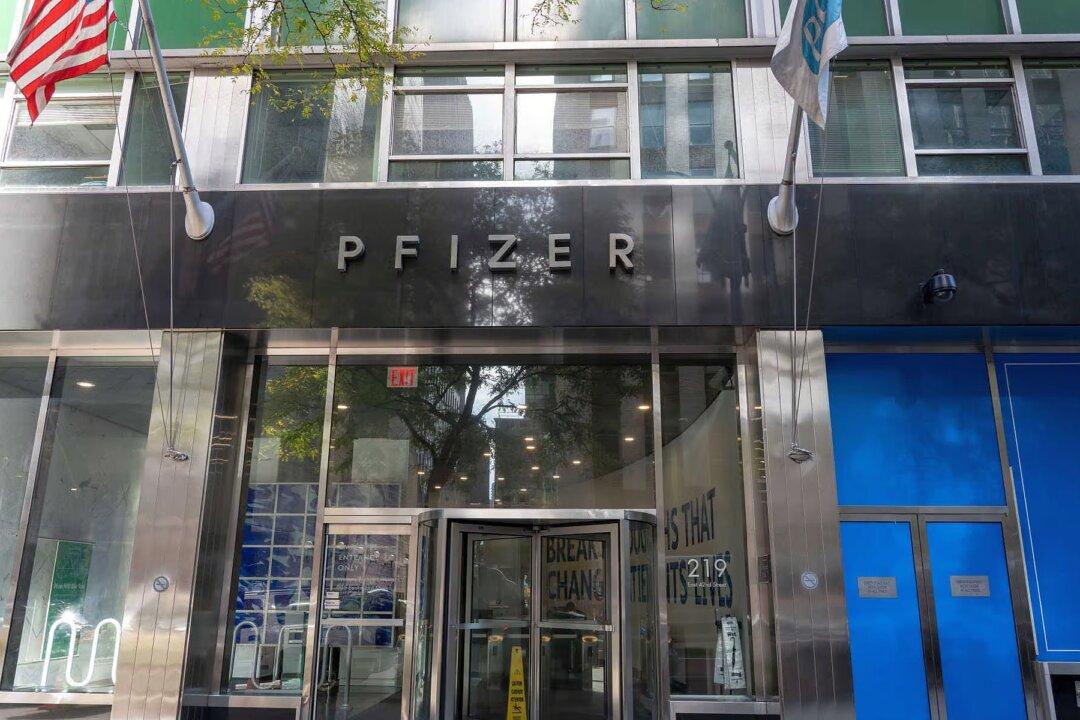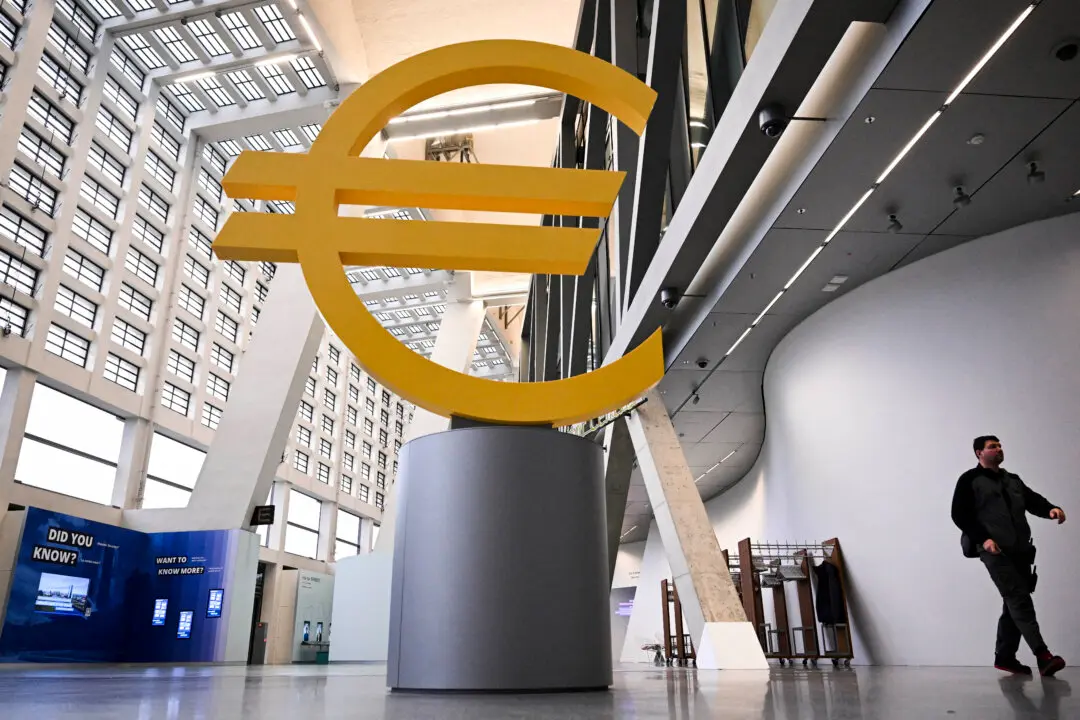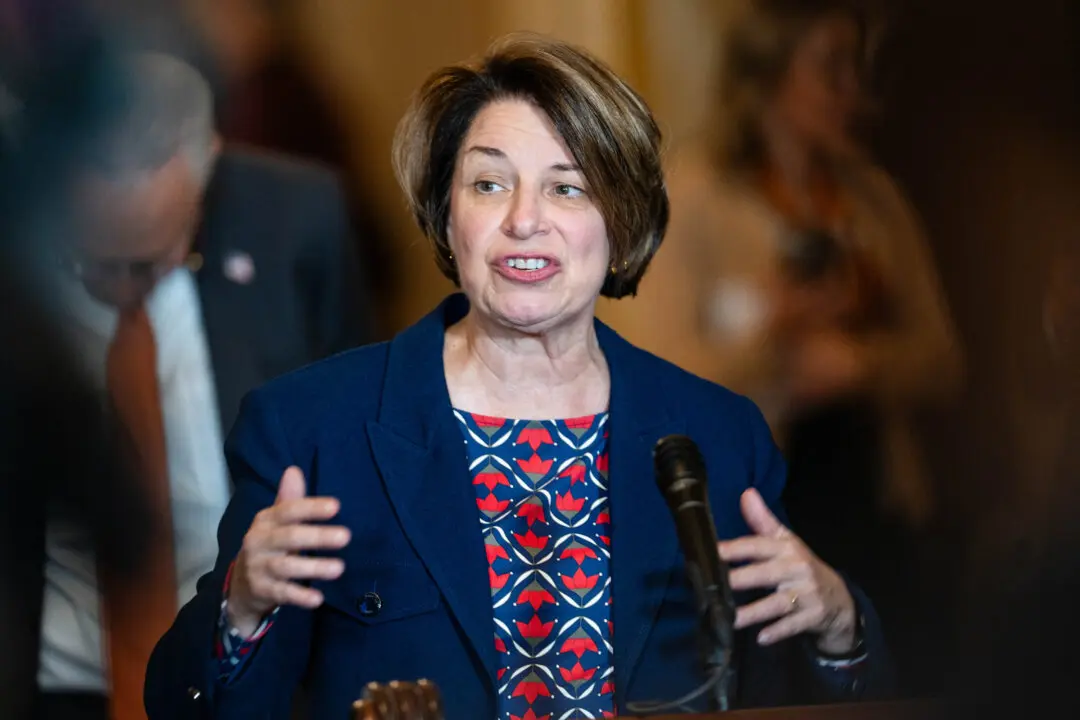Pfizer reported an adjusted loss for the third quarter on Oct. 31 as the drugmaker said sales of its COVID-19 vaccine and antiviral treatment slowed sharply as many Americans seem to have put the pandemic behind them.
Third-quarter revenue was $13.23 billion, down 42 percent from the year-earlier period, due to the decline in sales of its COVID products., the New York-based company said in a statement.





